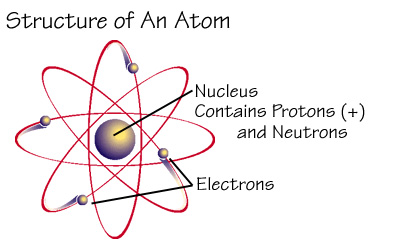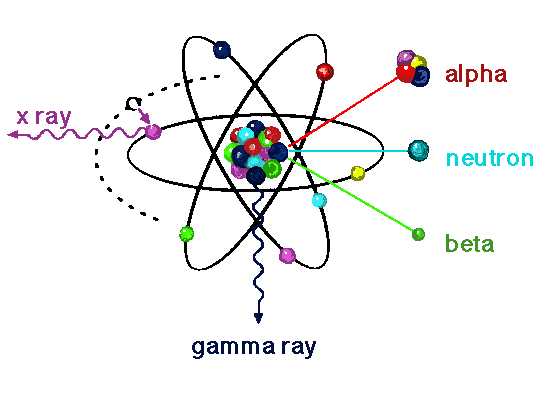

![]()
The spontaneous emission of radiation (particulate and/or energy) from an unstable nucleus as it attempts to reach stability; | |
Energy released as x-rays when light, charged particles lose energy as they are stopped in heavy elements like lead and copper or when they change energy levels, such as when electrons drop to a lower atomic orbit. |
![]()



![]()